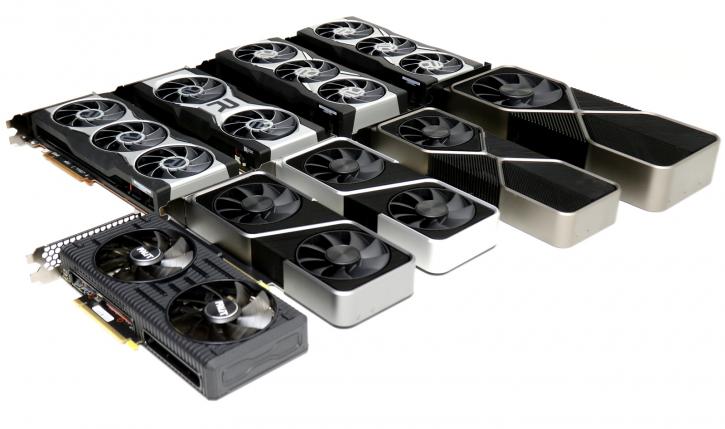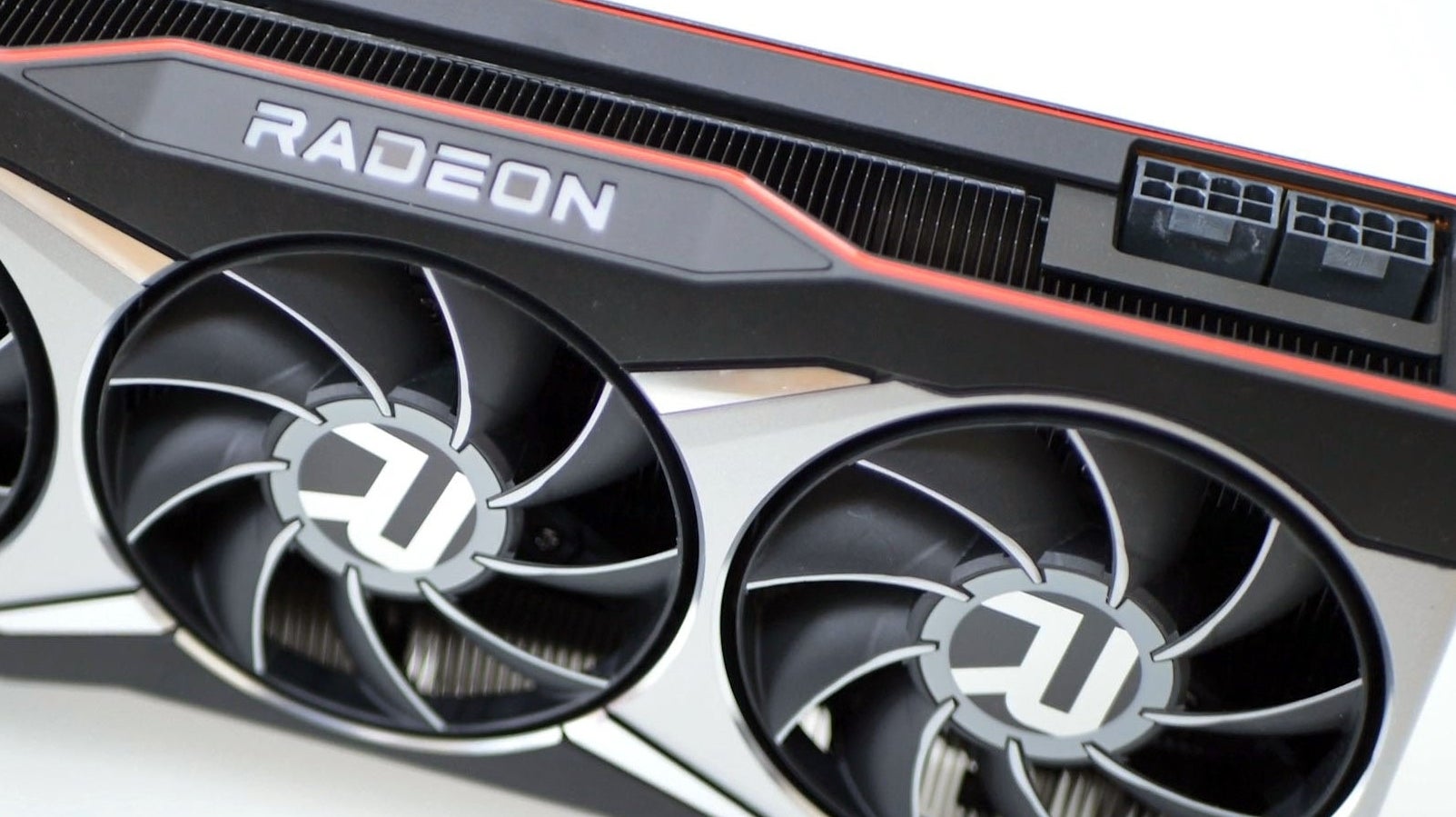I'm not sure what AMD has done to compete with this, but it's an Nvidia specific technology.
I do not believe that is correct. It is a PCIe standard. See:
A couple of months ago AMD introduced SAM aka Smart Access memory, which really is PCI-Express Resizable BAR. An easy option that possibly can bring extra performance. We test and benchmark this feat...

www.guru3d.com
and
NVidia used the real name. AMD decided to make up their own name for a standard (much like IEE1394 got named different things depending on the company from which you bought it).
The general gist is that it allows the VRAM to buffer data for streaming game assets (like data for huge open worlds) concurrently, rather than scheduling it sequentially. In layman's terms, it makes bigga-huge, open world games like Cyberpunk, GTA, DayZ, PubG, etc. run with fewer loading stutters.
I'm not sure buffer is the correct term here. My understanding is that the CPU and GPU arbitrate access to the GPUs memory, probably via a DMA controller (not certain that this is true, but it is a common design pattern). The CPU fills stuff which the GPU then uses. The "normal" access mode means the CPU needs to break its accesses into 256MB chunks. So, if you need to push 300GB of textures, it's 2 chunks. The "bigly" mode (ReBAR enabled) would let the CPU do it as one scheduled DMA transfer. Therefore it should reduce the transactional overhead incurred, resulting in a slight performance boost.
Like I said, though, I'm not sure if enabling it on an AMD card will do anything. Normally, AMD will come up with ways of utilizing this stuff.
According to the interwebs, Linux has had it for a looong time.
https://www.reddit.com/r/nvidia/comments/mglv5g
Probably because it is a PCIe standard and, from what I read, is common in server applications.
As mentioned above, all I did is turn it on and my Ubuntu 22.04 box reports that it's enabled.
On my end, I just got done removing the overclocking that was insidiously activated on my system through the BIOS. Man, that took a lot of research. Running a Ryzen 5600x, and the sucker was hitting 70*C just surfing the net. Fans sounded like they were running full blast constantly. Sure enough, there were two default settings that were driving the voltage up 1.500 (!?) for no bloody reason. Basically, it wasn't "boost" settings -- it was aggressive OC that cooked the CPU whenever the mobo decided there was voltage to spare.
So, I have 2 rants about this.
First, I don't blame you. I don't generally overclock things. But, I love that people do. Why? Because it has led manufacturers to use high quality components in enthusiast boards, which drives the cost down (I remember buying TYAN multiprocessor (that is, multiple sockets) boards in the early 2000's and I'd be out $300 for the board (in 20 years ago dollars). Now I can get a board with high quality caps, good power conversion, etc. for $150.
Now, that said, I do leave "factory overclocked" things alone. The extensive testing that those engineers did to make sure it will be stable means I just set to their recommendations and forget it.
As far as fans, I hate fan noise. When I built this case originally (around 2003 or so), I used PC Power and Cooling fans which were the quietest I could find back in the day. It's had a succession of power supplies, boards, etc. in it, but the case is still the same.
About a year ago, I replaced all the fans with Noctua fans. They are quieter, but that may have a lot to do with the bearings wearing out on the original fans. I also replaced the Radeon R9 390X (which was a 290W beast which ran SO HOT) with a 6600X which is something like half the power, and has better fans and is much quieter.
As a final piece, I added one of those NH-D15 insane dual fan setups. Combined with the Ryzen 3700X (highest performance 65W TDP Ryzen CPU that was out at the time I bought it), it is pleasantly quiet and idles around 40C.
My second rant is the use of "turbo boost" on CPUs. Ahem.
Turbo boost is a stupid idea. "Oh, let's run our CPU hot and let the thermal throttling stop it from actually melting". Are you really serious with this foolishness? This results in die temps upwards of 90C, a pile of thermal throttling messages in the logs, and heat buildup elsewhere in the system.
This is why I set my the CPU max frequency on my laptop to the non-boost max frequency. Then it never thermally throttles.
Disabling that rubbish, and I'm getting well over 120 FPS in any game, no stuttering, no fan noise, and the CPU temps are remaning around 50*C. Under load, I've yet to hit 70*C. I have to chalk this up to terrible BIOS / UEFI design. There is 0% need for that. It was actually introducing minor issues, and man, those settings were buried in the BIOS. (I've not needed to do that much reading, researching, and cross-referencing for years.)
I think the reason they have it is that it sells. People buy it. I turn all that off, set the fan controllers to "silent" mode, and run it like that.
Nah its a AMD tech from the start just with a diffrent name. Called smart access memory or something like that. Nvida just said oh its just this and made it too. Its nothing special from the start and they have been able too do it since ages but havent it seems ^^
I do not believe this is accurate. My understanding is that it is a PCIe standard. NVidia uses the standard name, AMD decided to call it something different. See my links above.





